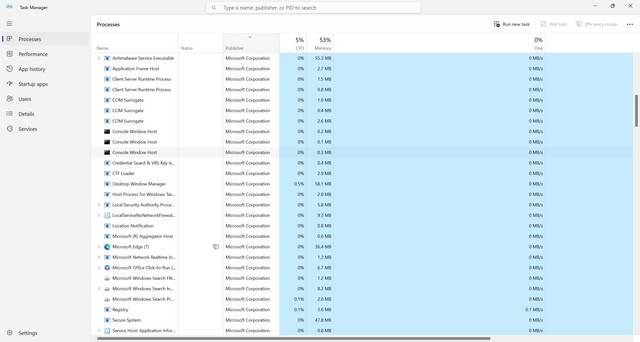Quicktimeplayer.exe is a file associated with the QuickTime media player, a popular multimedia software developed by Apple Inc. It is responsible for launching and running the QuickTime application on Windows operating systems. However, there has been some debate among users about whether Quicktimeplayer.exe is necessary or if it should be removed. In this article, we will explore what Quicktimeplayer.exe is, its functions, potential risks, and whether you should consider removing it from your system.

What is Quicktimeplayer.exe?
Quicktimeplayer.exe is an executable file that belongs to the QuickTime media player. QuickTime is a multimedia framework developed by Apple Inc. that allows users to play various audio and video formats. It was initially released in 1991 and quickly gained popularity due to its ability to handle a wide range of media files.
Quicktimeplayer.exe is the main executable file that launches the QuickTime application on Windows systems. When you double-click on a media file associated with QuickTime, the Quicktimeplayer.exe file is responsible for opening the file and playing it within the QuickTime player interface.
Functions of Quicktimeplayer.exe
Quicktimeplayer.exe performs several important functions within the QuickTime media player:
- Launching QuickTime: As mentioned earlier, Quicktimeplayer.exe is responsible for launching the QuickTime application when you open a media file associated with QuickTime.
- Playing media files: Quicktimeplayer.exe enables the playback of various audio and video formats supported by QuickTime. It ensures smooth and uninterrupted playback of media files.
- Managing media libraries: QuickTime allows users to organize and manage their media libraries. Quicktimeplayer.exe provides the necessary functionality to create playlists, categorize media files, and perform other library management tasks.
- Streaming media: QuickTime supports streaming of audio and video content over the internet. Quicktimeplayer.exe handles the streaming process, ensuring a seamless experience for users.
- Codec management: QuickTime relies on codecs to decode and encode different media formats. Quicktimeplayer.exe manages the installation, updating, and removal of codecs to ensure compatibility with various media files.
Potential Risks of Quicktimeplayer.exe
While Quicktimeplayer.exe is an essential component of the QuickTime media player, there are a few potential risks associated with it:
- Security vulnerabilities: Quicktimeplayer.exe has been known to have security vulnerabilities in the past. These vulnerabilities could potentially be exploited by malicious actors to gain unauthorized access to your system or execute harmful code.
- Outdated software: Apple discontinued support for QuickTime on Windows in 2016, which means that no new security updates or bug fixes are being released. This leaves users with outdated software that may have unpatched vulnerabilities.
- Performance impact: Quicktimeplayer.exe runs in the background even when you’re not using the QuickTime player. This can consume system resources and potentially slow down your computer.
Should You Remove Quicktimeplayer.exe?
Considering the potential risks associated with Quicktimeplayer.exe, it is advisable to remove it from your system if you no longer use the QuickTime media player or have alternative media players installed. Removing Quicktimeplayer.exe can help mitigate the security risks and free up system resources.
If you decide to remove Quicktimeplayer.exe, you can do so by following these steps:
- Open the Control Panel on your Windows system.
- Select “Programs” or “Programs and Features.”
- Locate QuickTime in the list of installed programs.
- Right-click on QuickTime and select “Uninstall” or “Remove.”
- Follow the on-screen instructions to complete the uninstallation process.
After removing QuickTime, it is recommended to scan your system for any potential malware or viruses that may have been associated with Quicktimeplayer.exe. You can use Malwarebytes Free, a reputable anti-malware software, to perform a thorough scan and remove any detected threats.
Conclusion
Quicktimeplayer.exe is the main executable file associated with the QuickTime media player. While it performs essential functions for playing and managing media files, it also poses potential risks such as security vulnerabilities and performance impact. If you no longer use QuickTime or have alternative media players installed, it is recommended to remove Quicktimeplayer.exe from your system to mitigate these risks. Additionally, performing a malware scan after removing QuickTime can help ensure the security of your system.










